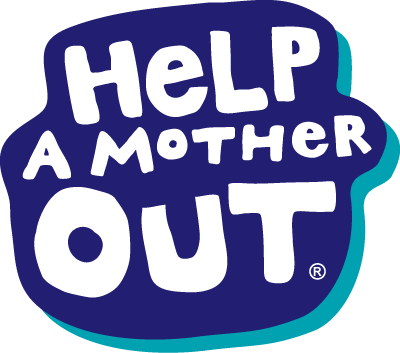Thanksgiving weekend’s New York Times article on food stamp enrollment is a timely one. According to the article, the program is now helping to feed 1 in 8 Americans, 1 in 4 children.
Image from NYTimes.com
Over 36 million people are being helped by the food stamp program:
Virtually all have incomes near or below the federal poverty line, but their eclectic ranks testify to the range of people struggling with basic needs. They include single mothers and married couples, the newly jobless and the chronically poor, longtime recipients of welfare checks and workers whose reduced hours or slender wages leave pantries bare.
As of August, 2009 the number of Californians enrolled in SNAP reached 2.9 million. These numbers are up 39.4% from 2007. And how is this for irony: families in our nation’s top agriculture producing region are struggling to put food on the table.
What the numbers miss: According to the Food Research and Action Center (FRAC), the program misses 1 in 3 eligible households due to access to enrollment information, long application processes, finger imaging, language barriers, home searches, immigrant fears of change in legal status, and ongoing recertification requirements.
The stigma might be fading, the hunger crisis might be mounting to Great Depression levels, but there are still naysayers of the program, such as Robert Rector of the Heritage Foundation:
“Some people like to camouflage this by calling it a nutrition program, but it’s really not different from cash welfare,” said Robert Rector of the Heritage Foundation, whose views have a following among conservatives on Capitol Hill. “Food stamps is quasi money.”
Arguing that aid discourages work and marriage, Mr. Rector said food stamps should contain work requirements as strict as those placed on cash assistance. “The food stamp program is a fossil that repeats all the errors of the war on poverty,” he said.
Mr. Rector of the Heritage Foundation is the one who also argued that consistent poverty in the U.S. had no proven nutritional risks.
In a time when more Americans find themselves needing help, notably for the first time in their lives, this is an unfortunate perspective.
This is not the time to be refuting the legitimacy of our safety net programs. This is not the time to bury our head in the sand. This is a time to reach out and be that Good Samaritan to those less fortunate then ourselves. We can do this by helping out in our communities (year round, not just during the holiday season), as well as advocating for more efficient safety net programs.
This holiday season, what are your plans to help those in need? Tell us about them by posting a comment below.

